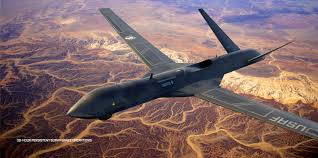Naval Defense Innovation in the Indo-Pacific Region

The Indo-Pacific region has become the focal point of naval defense innovation, driven by changing geopolitical dynamics and the critical importance of maritime security in this vast oceanic theater.
Several key trends are reshaping naval defense in the region. First, we're seeing the rapid development of anti-access/area denial (A2/AD) capabilities, designed to prevent adversaries from operating freely in contested waters. These systems combine advanced sensors, long-range precision missiles, and sophisticated command and control networks.
Unmanned naval vessels represent another significant innovation. These range from small reconnaissance drones to large unmanned surface vessels capable of extended autonomous operations. These systems can perform dangerous missions without risking sailor lives and supplement conventional naval forces at a fraction of the cost.
Submarine technology continues to advance rapidly, with air-independent propulsion systems allowing conventional submarines to operate submerged for weeks. Advanced quieting technologies make these vessels increasingly difficult to detect, while improved weapons systems extend their strategic reach.
Naval bases throughout the region are being modernized with hardened infrastructure, advanced cyber defenses, and integrated missile defense systems. These upgrades reflect the understanding that fixed installations remain critical vulnerabilities in potential conflict scenarios.
As regional powers continue to invest in naval capabilities, the technological race will likely accelerate, making the Indo-Pacific a laboratory for naval innovation for decades to come.



